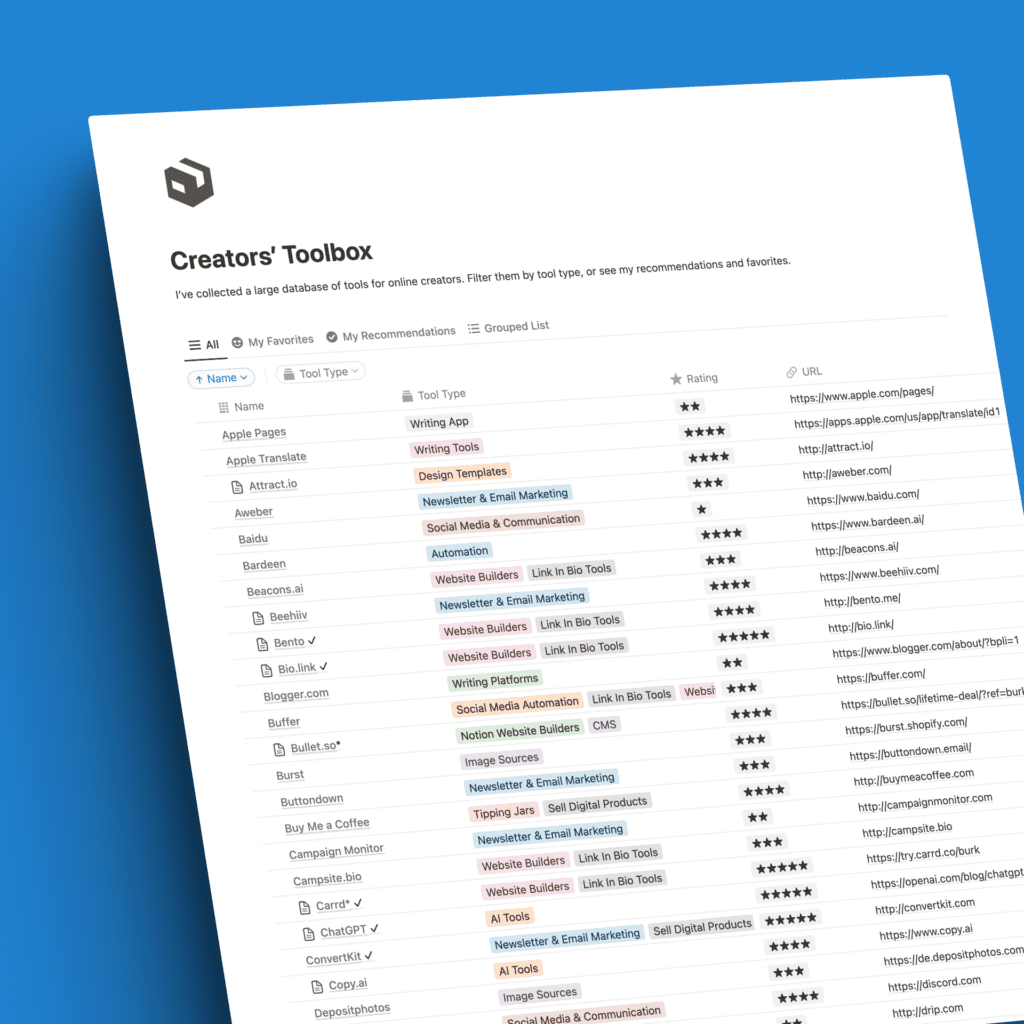Have you heard of the Waist-to-Hip-Ratio? Recently, I wrote how this WHR impacts attractiveness, according to scientific research. In that post, I also hinted at the connection between WHR and diseases like diabetes, stroke, or heart disease. The WHR is directly correlated to heart attacks. Let’s find out how!
What is the waist-to-hip ratio
The Waist-to-Hip-Ratio or WHR is an alternate measure for defining overweight and obesity. The more commonly known measure is the Body Mass Index (BMI). Unlike the BMI, however, the WHR doesn’t factor in height but rather focuses on the circumference of the waist and hip.
To determine the WHR, the circumference of the waist is divided by that of the hip. For example, a 39-inch hip and a 28-inch waist amount to 0.72 which is considered an “ideal” ratio for women in terms of attractiveness. For men, an “optimal” value would sit at around 0.9.
How the WHR is connected to health
In general healthcare, the WHR is used to estimate a person’s body fat levels and weight distribution. Similar to the BMI.
In research studies and medical observations, the WHR in overweight and obese people has been connected to a higher risk for diabetes, heart attacks, and other chronic diseases in both, men and women. The WHR seems to be a more predictable measure than the BMI in this regard.
Critical for these findings is the stored fat around the waist in relation to that around the hips. We’ll see how this impacts myocardial infarction (heart attack) in a second.
Apple shape, pear shape, and risk rates
A study from 2018 shows that body shape seems to be a prevalent factor in the risk rates for heart disease. In particular, for women, researchers concluded in the Journal of the American Heart Association that the relation between waist and hip size in women is an indicator of heart attack risk.
Women with wider waists than hips have a higher risk for myocardial infarctions than men with a similar shape. This body shape is referred to as “apple shape”. In contrast, a male or female person with a “pear-shaped” body — wider hips than waist — is at a lower risk. These risk rates apply even if their BMI is within a normal range.
These findings try to exemplify that it’s not general weight, overweight, or obesity that contributes to disease risk but rather the weight and body fat distribution. With clear differences between men and women.
A large cohort study
To come up with these results, researchers looked at over half a million people between the ages of 40 and 69 from the UK Biobank. Over a period of 7 years, 5710 cases of myocardial infarctions were recorded among 265 988 women and 213 622 men. Women experienced a 15 percent higher risk of heart attacks than men with similar waist-to-hip fat distribution.
Research team member Sanne Peters from the University of Oxford said:
“More intensive screening for the risk and development of cardiovascular disease and diabetes in individuals with an apple shape might help prevent the onset of disease, especially in women”.
Dr. Goutham Rao, from the University Hospitals Cleveland Medical Center, added after examining the results:
“We know now that women have to be especially careful,” […] “We already knew having a big waist was a risk factor for the general population, but what’s interesting about the study is that women were especially affected by that specific risk.”
Research takeaways
The key takeaways from these study findings and similar research are three-fold:
- WHR seems to predict heart disease and other chronic diseases more effectively than the widely used BMI.
- Measures of body fat distribution may be more suitable as indicators for cardiovascular disease risk.
- Women with bigger waists and waist-to-hip ratios face an increased risk of experiencing a heart attack
While these results seem promising, both, Peters and Rao, called for additional research in the area of weight and body fat distribution and gender-specific relations as well as possible impacts on different ethnical groups.
Overall, Rao stated that men and women will have to decrease excess waist fat to keep the overall risk for diabetes, stroke, and heart disease low.
Personal takeaways
As a non-professional — meaning neither a medical professional, scientist, nor nutritionist, or healthcare worker — I didn’t know the WHR as a measure before reading these studies. I have, in contrast, heard of and tried the commonly used BMI as most of you probably have as well.
If these study findings hold true in future research, the widely used BMI should be swapped for the WHR to assess the prevalence of overweight and obesity across populations, and the resulting risk factors for our most common chronic diseases.
We also have to keep in mind that general adiposity (overweight, obesity) is associated with an increased risk of myocardial infarction later in life. But I suspect that most of us knew that already. However, that risk factors might be affected by the distribution of body fat is news to me.
The WHR can be easily used by your doctor or healthcare provider to assess your weight, body fat distribution, and personal disease risk. I am going to bring that up the next time I visit my doctor.








